The fundamental capabilities of inkjet and aerosol jet printing relevant to electrochemical devices are reviewed and future challenges are discussed.


The fundamental capabilities of inkjet and aerosol jet printing relevant to electrochemical devices are reviewed and future challenges are discussed.
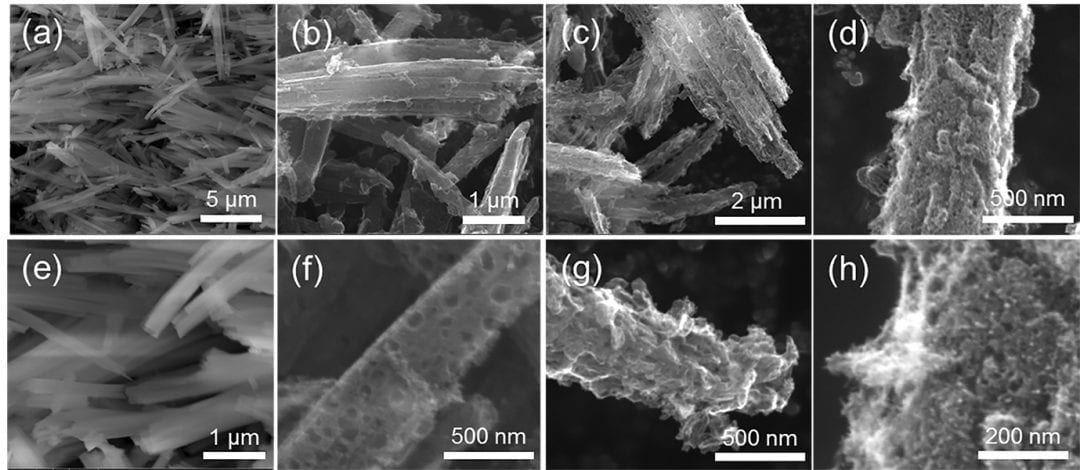
A highly efficient one-dimensional ORR carbon catalyst via a MOF-derived approach.
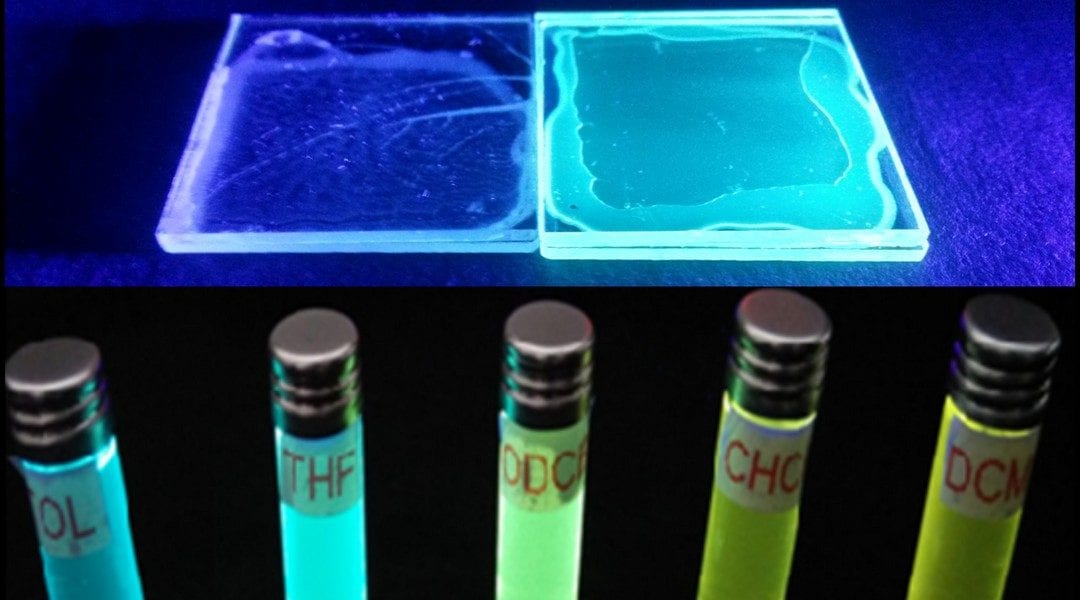
Thermally activated delayed fluorescence (TADF)-type compounds have potential to become high-efficiency-solid-state lighting technologies in the future.

With the research project NEST-DC the technological basis is set for high performance electronic circuit breakers.
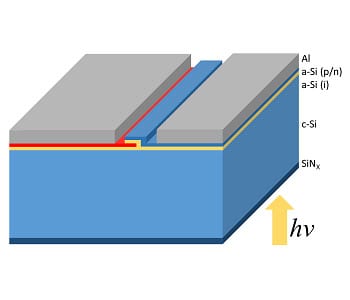
Replacing the commonly used ITO/Ag contact stack with aluminum allows for an increased efficiency and lower manufacturing costs of heterojunction solar cells.
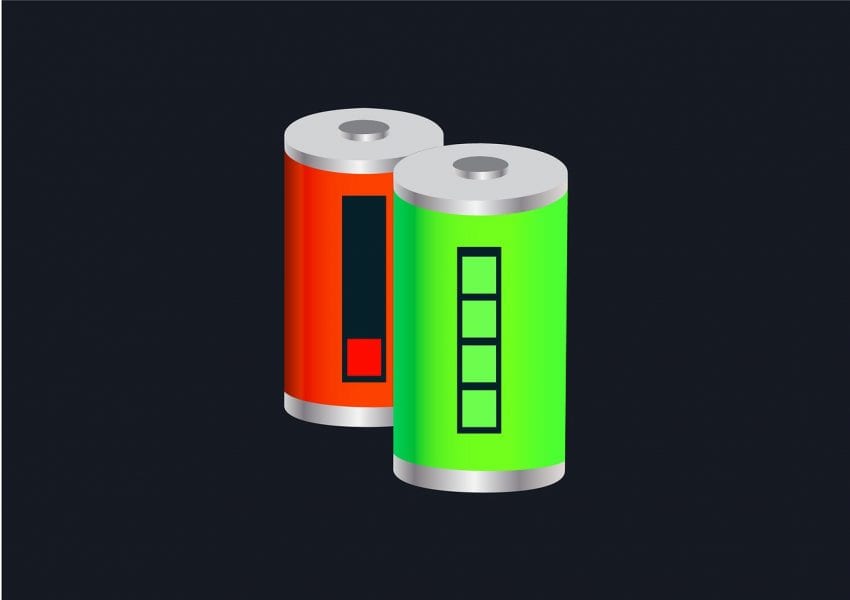
Quantum mechanical calculations uncover lithium-stable materials out of a variety of chemistry across the periodic table.
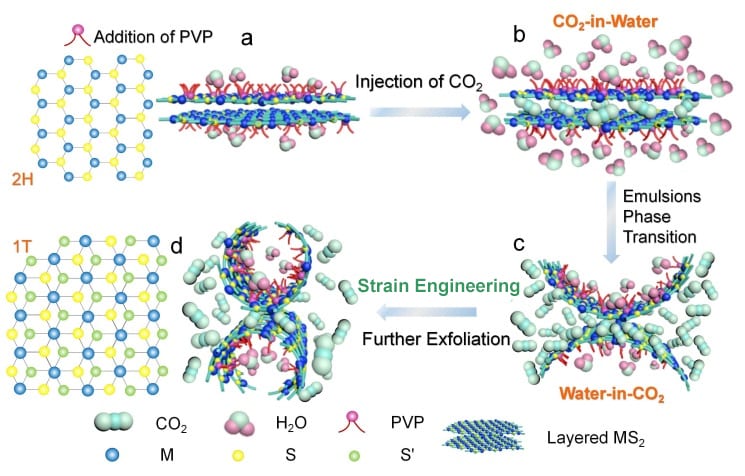
Supercritical carbon dioxide induced reverse micelles were used to create metallic 1T-phase molybdenum disulfide and tungsten disulfide nanosheets for hydrogen generation.
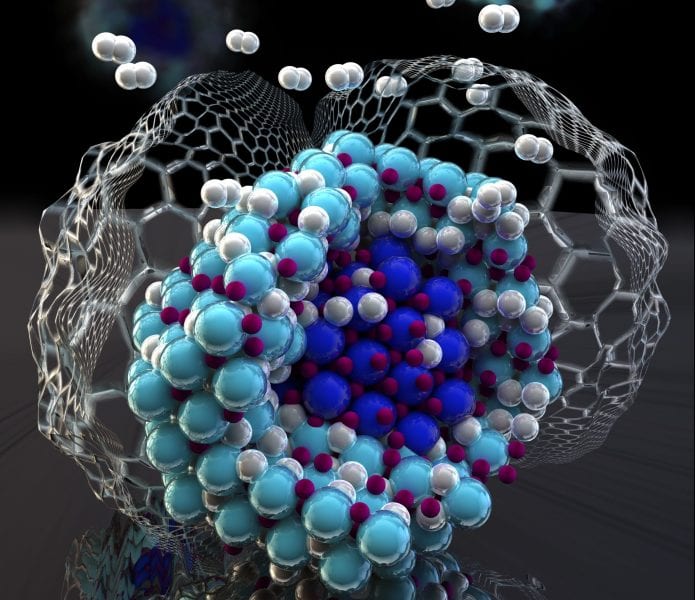
Internal interfaces in the Li3N/[LiNH2 + 2LiH] solid-state hydrogen storage system alter the hydrogenation and dehydrogenation reaction pathways upon nanosizing, suppressing undesirable intermediate phases to dramatically improve kinetics and reversibility.

A very simple and general method for introducing nitrogen defects into the 2D structure of graphitic carbon nitride.

A nanophotonic approach makes ultrathin CIGSe solar cells with high efficiencies possible.